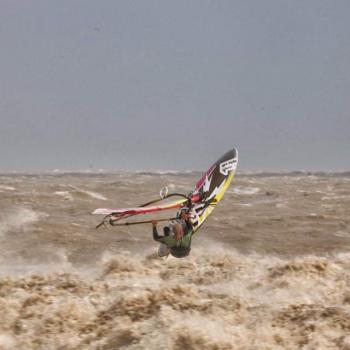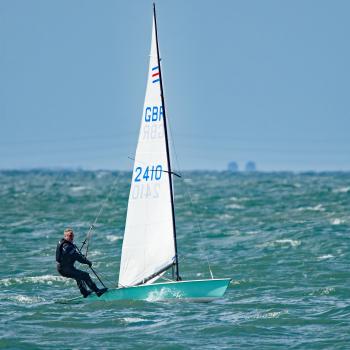What is Gilmore’s Groin?

The correct diagnosis of 'Sportsmans Hernia' - as identified by surgeon Jerry Gilmore following the injury to Spurs footballer Don McAllister. The new surgical approach known as 'Gilmore's Groin' heralded appropriate and rapid recovery for many professional and amateur athletes following groin strain injuries.
Gilmore’s Groin is a type of injury most commonly associated with athletes. Occasionally a sudden complaint, it more often has a gradual onset. Symptoms are generally defined as groin pain, particularly upon turning or when undertaking the kind of movements required to get out of a car. There is no lump on the site of the pain, thus this ailment is distinguished from a hernia, in spite of it’s misnomerous common identification as “Sportsman’s Hernia”.
Twisting and Kicking
As this name suggests, it is most prevalent in those who regularly play sports based around twisting and kicking, such as the various forms of football, and is characterised by a tearing of the groin muscle where the leg meets the pelvis. If untreated, this tear can become more pronounced, leading to a rupture of the muscle from the ligament.
It was first identified in 1980 by surgeon Jerry Gilmore while treating the Tottenham Hotspur fullback Don Mcallister, whose injury had kept him from the pitch for four months whilst remaining stubbornly undiagnosed. Gilmore, upon surgical investigation, discovered the damage done to Mcallister’s abdomen and was able to repair it. Mcallister was back in action in only five weeks. Following this, Gilmore operated on a spree of injured footballers, as they and their clubs became gradually aware of the nature and prevalence of their complaints.
As this suggests, Gilmore’s Groin is eminently treatable with surgery. Surgeon Simon Marsh says “the principle of the operation is to put the muscles and tendons back where they should be.” However, this is not always necessary, minor damage being sometimes reversible through exercises to strengthen the core muscles. Nonetheless, it is generally observed that continued athletic endeavours on top of Gilmore’s Groin will tend to make the condition worse. In all cases, the opinion of an expert is vital.
In his article, Types of Groin Injury, Mr Simon Marsh describes these types of groin injury and how they are are nearly always sports related, "Either as a result of insufficient warm up, from pushing the body too hard, incorrectly positioned kicking feet or as a result of a collision".
Result
He goes on to describe the medical process and how the injury can happen at any time to even the most elite athletes. He says, "When it happens it can be utterly debilitating and you will need to see a doctor".
Contact Sports Medicine and Gilmor Groin Specialist at 108 Harley Street - Mr Simon Marsh.
The part of the body that contains the stomach, intestines, liver, gallbladder and other organs.
Full medical glossary
The process of determining which condition a patient may have.
Full medical glossary
The basic unit of genetic material carried on chromosomes.
Full medical glossary
When part of an organ pushes through the wall of the body cavity that normally holds it. Hernias can develop in many different parts of the body.
Full medical glossary
Tissue made up of cells that can contract to bring about movement.
Full medical glossary
The bony basin formed by the hip bones and the lower vertebrae of the spine; also refers to the lower part of the abdomen.
Full medical glossary
A pale yellow or green,creamy fluid found at the site of bacterial infection.
Full medical glossary











